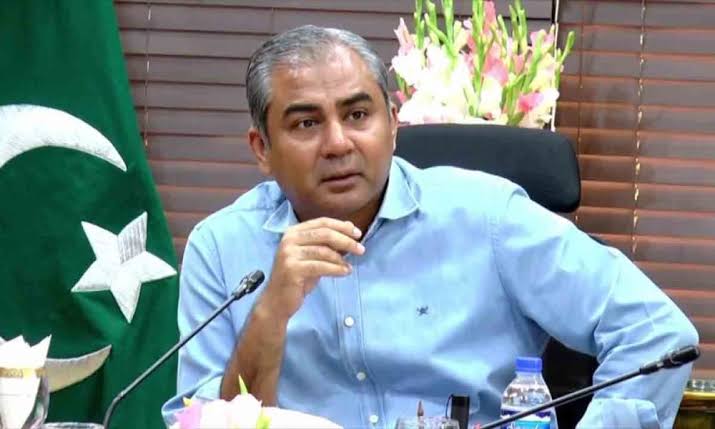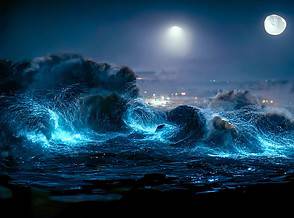
A Russian Soyuz spacecraft originally slated to bring home two Russian cosmonauts and a NASA astronaut parachuted to a landing in Kazakhstan Tuesday, returning to Earth without a crew due to concerns about overheating following a coolant leak while docked at the International Space Station last year.
The Soyuz MS-22 capsule landed in Kazakhstan at 7:45:58 a.m. EDT (1145:58 UTC) Tuesday, according Roscosmos, Russia’s space agency. The spacecraft apparently functioned as designed after worries Soyuz computers and others systems could overheat after the coolant leak in December crippled the ship’s thermal control system.
The landing occurred at 5:45 p.m. local time in Kazakhstan.
The spacecraft undocked from the space station’s Rassvet module at 5:57 a.m. EDT (0957 UTC) and backed away from the complex before firing thrusters for a braking maneuver to drop out of orbit and re-enter the atmosphere. Russian officials wanted to expedite the Soyuz MS-22 spacecraft’s return to Earth and shorten the time from undocking until landing from the normal interval of several hours, a step to reduce the risk of overheating.
After the deorbit burn, the Soyuz MS-22 spacecraft jettisoned its propulsion and habitation modules, which burned up during re-entry. The descent module, protected by a heat shield, plunged through the atmosphere and deployed an orange and white main parachute, then fired a set of braking rockets to cushion the capsule for touchdown.
Russian space agency officials said returning people to Earth in the damaged Soyuz spacecraft could have exacerbated concerns about overheating. A Russian ground controller told the crew on the space station Tuesday that temperatures “would have been probably 50 degrees Celsius (122 degrees Fahrenheit) if there were people on-board.”
The spacecraft instead brought home 480 pounds (218 kilograms) of cargo, including scientific specimens and hardware for analysis, refurbishment, and reuse.

The Soyuz MS-22 spacecraft was supposed to bring home Russian commander Sergey Prokopyev, cosmonaut Dmitri Petelin, and NASA astronaut Frank Rubio to wrap up a planned six-month mission. The trio launched on Soyuz MS-22 last September.
But the spacecraft sprung a coolant leak Dec. 14, spewing frozen flakes of fluid from its radiator into space after what Russian officials initially announced was likely an impact from a tiny fragment of rock from deep space, called a micrometeoroid.
Russian space officials decided to move forward the launch of the next Soyuz spacecraft by a month to late February to replace the damaged Soyuz MS-22 spacecraft. Russian engineers deemed the damaged Soyuz MS-22 vehicle safe enough to use, if needed, for an emergency evacuation of the space station, but not for a regularly-scheduled undocking and landing.
Prokopyev, Petelin, and Rubio had their six-month expedition on the space station extended to last more than a year. Instead of returning on the damaged Soyuz MS-22 spacecraft in late March, they will re-enter the atmosphere and land in Kazakhstan aboard the newly-arrived Soyuz MS-23 spacecraft in September, following the launch of the next Soyuz crew to take their place on the orbiting outpost.

Russian ground controllers detected a similar coolant leak from an unpiloted Progress cargo freighter docked at the station Feb. 11.
The coolant leaks on the Soyuz MS-22 and Progress MS-21 spacecraft were unlike anything that has happened in the more than 25-year history of the space station. Russian engineers are investigating a possible link in the cause of the two incidents, beyond the original explanation of a micrometeoroid impact for the Soyuz leak.
Prokopyev, Petelin, and Rubio remain aboard the space station with NASA crewmates Steve Bowen and Woody Hoburg, Emirati astronaut Sultan Alneyadi, and Russian cosmonaut Andrey Fedyaev, who arrived at the complex earlier this month on a SpaceX Crew Dragon spacecraft.
Email the author.
Follow Stephen Clark on Twitter: @StephenClark1.
Note: This article have been indexed to our site. We do not claim legitimacy, ownership or copyright of any of the content above. To see the article at original source Click Here












